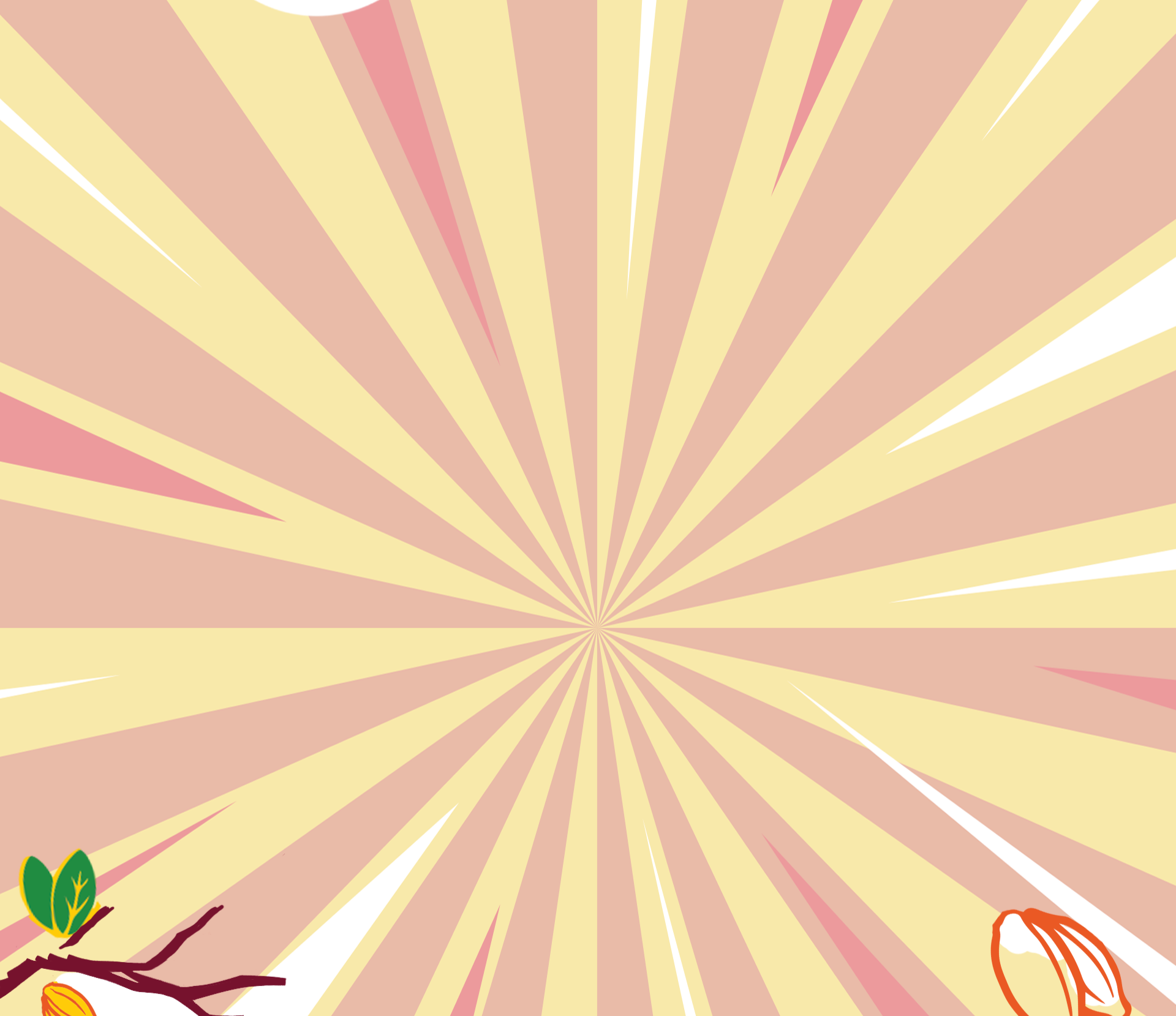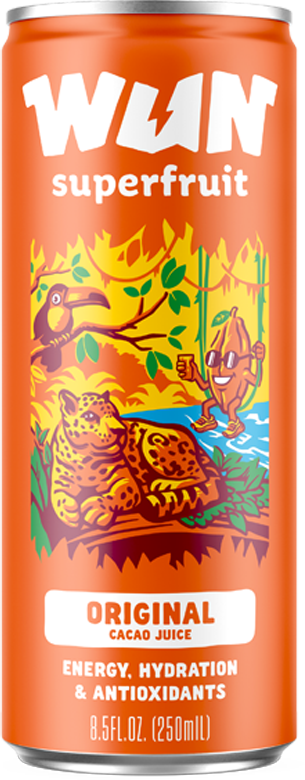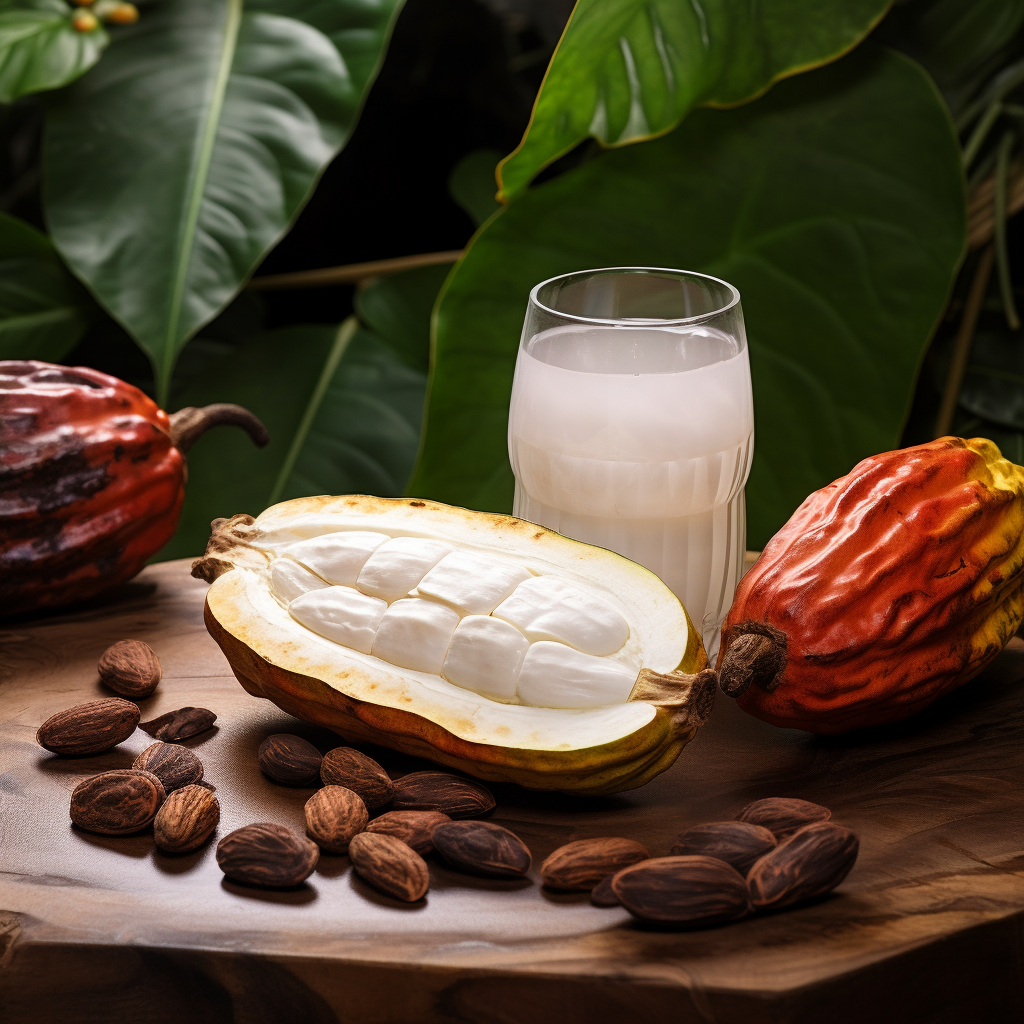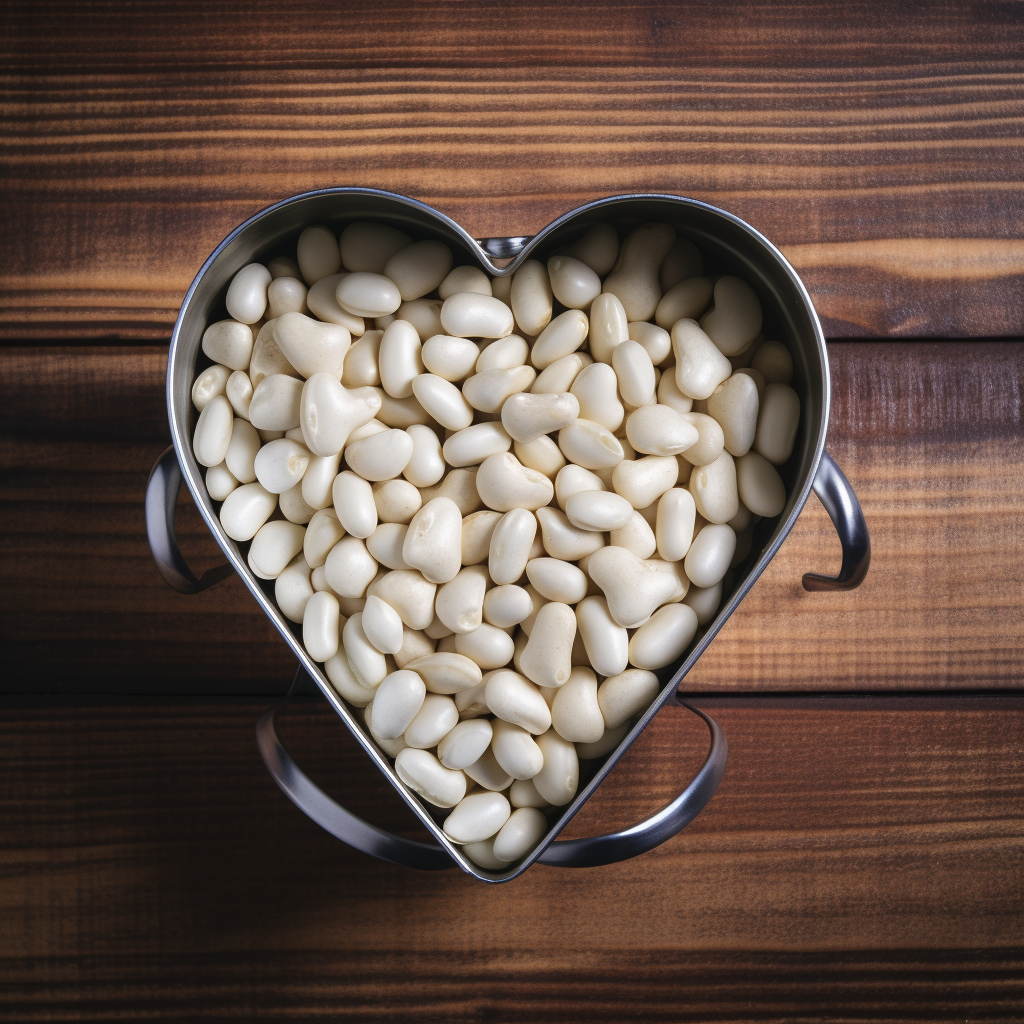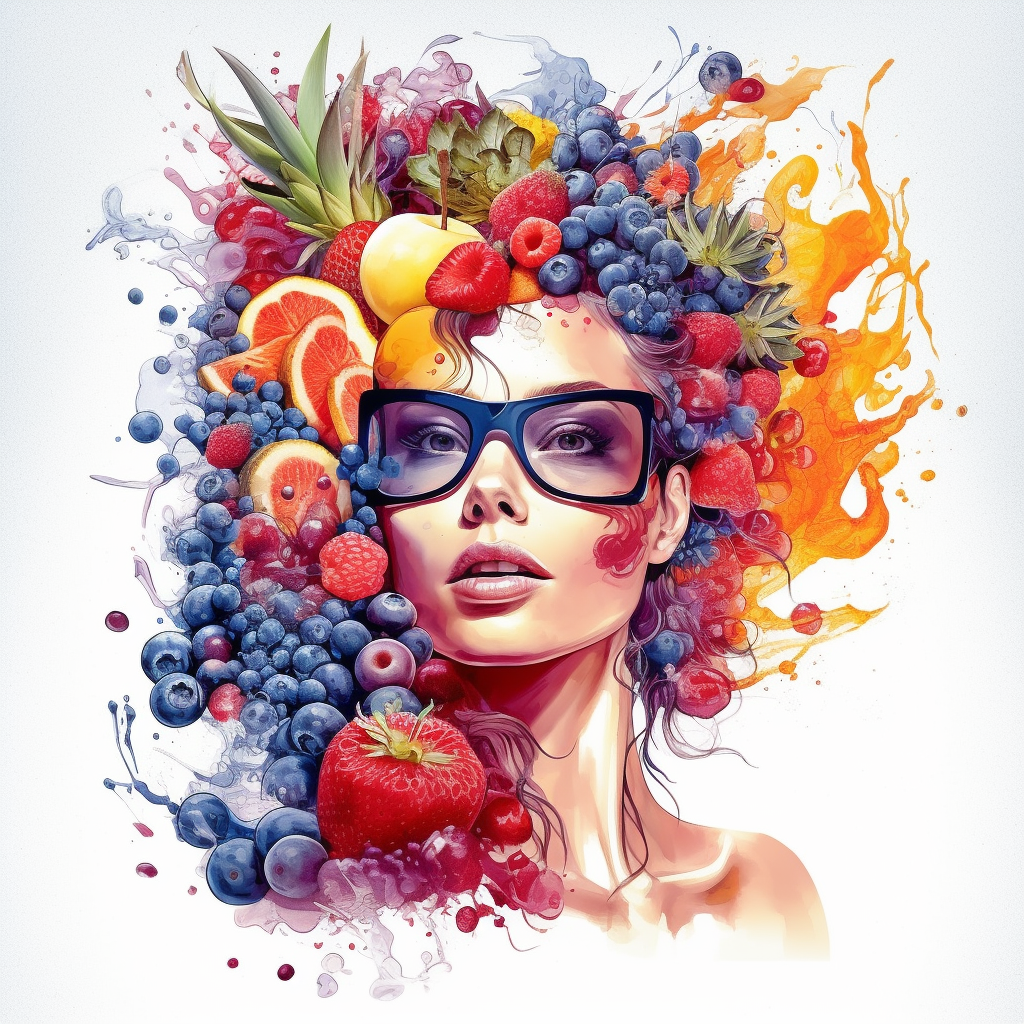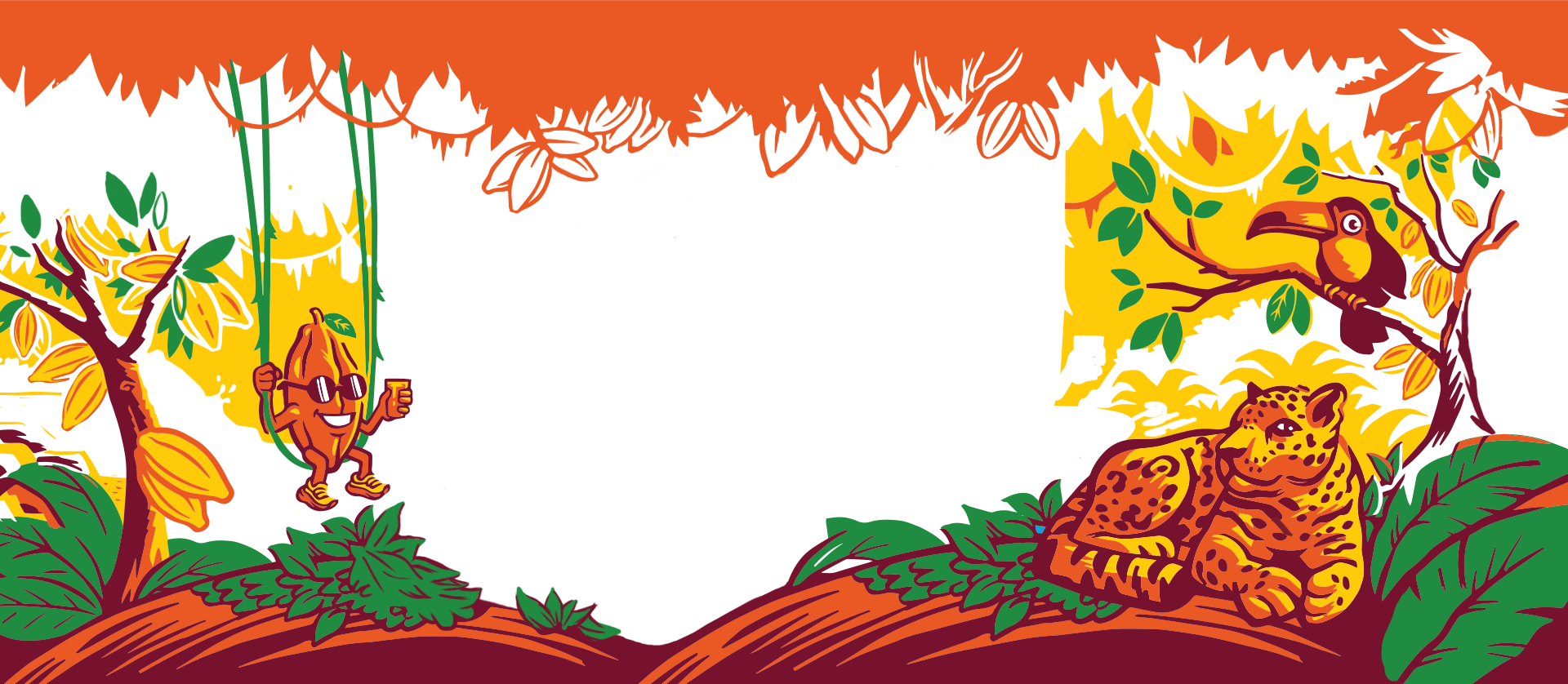
EVER FEEL Like There's More To Your Story?
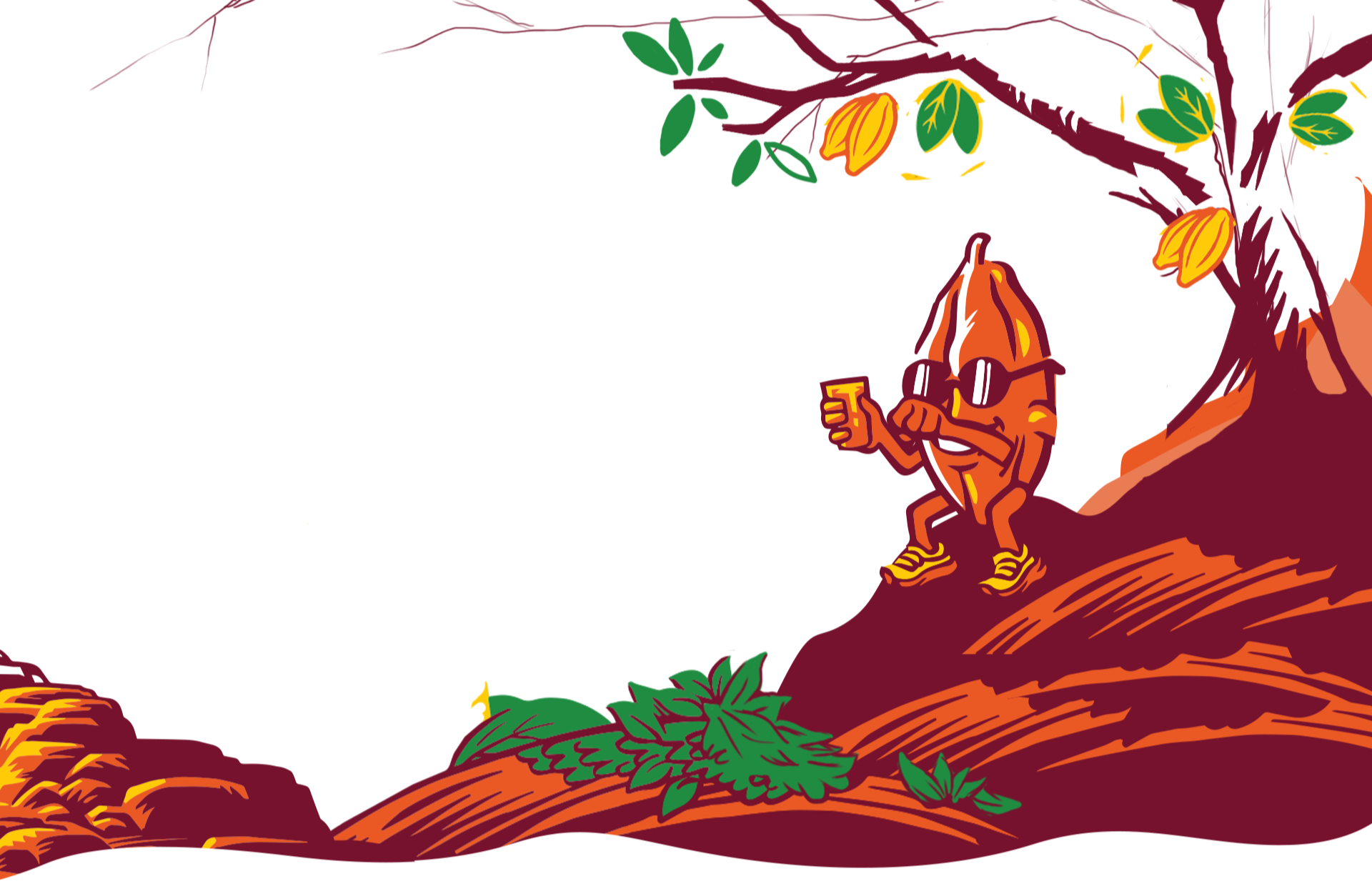
Meet Sol
Sol always felt... different. Born into a world where where cacao beans were destined for chocolate, Sol tired to fit in. Watching others transform into bars and truffles, celebrated for their rich, bittersweet flowers, seemed natural for everyone else. It was the way things have always been. But Deep down, Sol felt a quiet, persistent tug: Is this really all I'm meant for ?
FAQ
Find the most frequently asked questions below.
Cacao does not contain caffeine. Instead, it contains Theobromine, 'caffeine's little sister' which has a similar effect but without the neurological jitters.
Cacao juice is naturally sweet. It contains no added sugar, preservatives or chemicals
While cacao is the source for chocolate, bevCacao is the polar opposite from a taste standpoint. Chocolate is made from roasted seeds of the cacao fruit. The fruit contains much more than just the seeds. Until now, we've just been wasting the pulp. But we have figured out how to press the healthy and delicious juice from the pulp. The juice is tropical, fruity, sweet and delicious.
Cacao is grown in countries along the equator, such as West Africa and South America, mostly on small family-owned farms. The fruit pod is hand-harvested and cracked open, then the seeds and pulp are scraped onto the ground, where the seeds are left to dry and ferment. After a few days, the seeds are gathered and sold off to a collective, often for not a lot of money, who then sells them to a chocolate manufacturer. Although the pulp makes up about 30% of the of the cacao fruit, this nutrient-rich and delicious portion goes to waste. Buying the pulp at harvest time, we are providing an entirely new revenue stream for the farmers, up to 30% more, without requiring any additional input on their end. It's life changing! :)


.png?v=53411859321495629061737833766)
.png?v=121878481251644184821737833766)
.png?v=108466159288603031921737833766)


